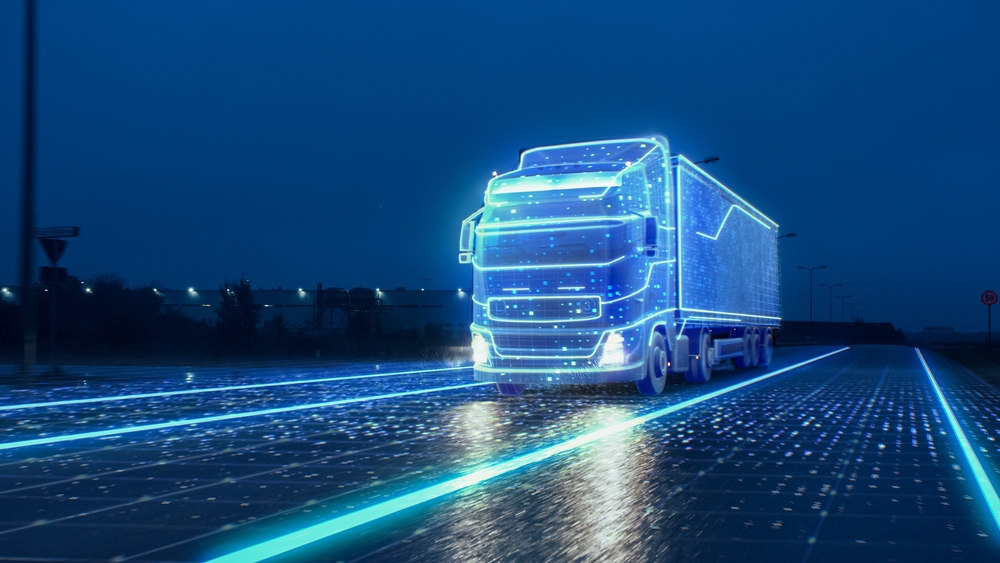
Data is only as smart as the labels behind it. That’s especially true when training AI and machine learning models to interpret the visual world—whether for autonomous vehicles, precision agriculture, or retail analytics. Polygon annotation gives developers the flexibility and precision they need to train models with confidence. Rather than relying on generic boxes or rough outlines, polygon annotation lets you map the true shape of an object down to its exact borders. That makes all the difference when accuracy can’t be compromised.
As model complexity and performance expectations rise, annotation quality becomes a serious differentiator. Polygon annotation sits at the center of this demand, enabling machines to better “see” and understand nuanced images the way humans do. More data doesn’t guarantee better results—context-rich, precise annotation does.
